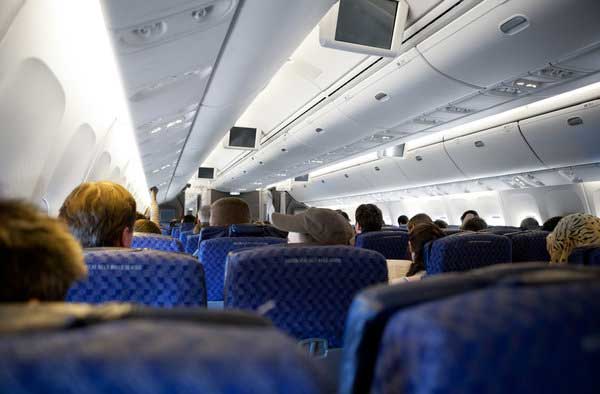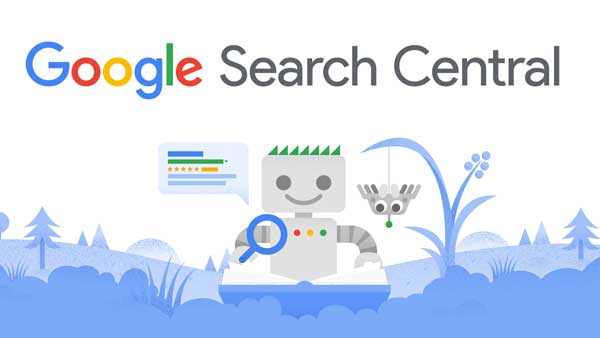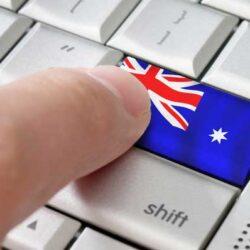In the wake of the COVID-19 pandemic, airlines found themselves in dire financial straits, seeking loans to stay afloat. What’s surprising is what they offered as collateral—loyalty programs worth billions. In this article, we’ll delve into the fascinating world of airline loyalty programs, examining their financial significance, and how they have become like central banks for their own virtual currencies.

The Billion-Dollar Collateral
During the pandemic, airlines, including United, offered their loyalty programs as collateral for loans. Discover how these loyalty programs were valued at astonishing amounts, with United’s MileagePlus Holdings alone estimated at $21.9 billion.
Loyalty Programs vs. Airline Values
Explore the intriguing revelation that loyalty programs often hold more value than the airlines themselves. Learn how these programs have become the core assets that keep airlines afloat.
Airlines as Financial Giants
Uncover how airlines have transitioned from transportation companies to financial giants. Discover the role of co-branded credit cards, frequent flyer benefits, and even in-flight sales pitches in boosting their bottom line.
The Birth of Loyalty Programs
Travel back to 1978 when the American airline industry was deregulated, paving the way for the birth of formal frequent flyer programs. Learn how these programs influenced traveler behavior.
From Punch Cards to Profit Centers
Explore the evolution of loyalty programs from simple punch cards to profit centers. Discover how airlines started assigning monetary values to their loyalty points and how this changed the game.
Tax Laws and Corporate Policies
Delve into the curious tax laws and corporate policies that favor airlines in the loyalty program game. Learn how these programs act as tax-free benefits for employees and cost-effective perks for companies.
Closing Exploitation Loopholes
Understand how airlines put a stop to the exploitation of mileage accumulation and redemption with dynamic award charts and revenue-based earning systems. See how these changes benefited airlines’ bottom lines.
Airlines as Central Banks
Uncover the genius behind airlines essentially acting as central banks for their virtual currencies. Learn how they control the supply and availability of their loyalty points, making it nearly impossible for them to lose.
Conclusion
In conclusion, airline loyalty programs have become financial powerhouses, with values surpassing those of the airlines themselves. They have evolved from humble punch cards to complex, profit-driven systems that airlines use to stay afloat. These programs, akin to central banks, hold immense control over their virtual currencies, creating a unique and lucrative financial landscape in the aviation industry.






